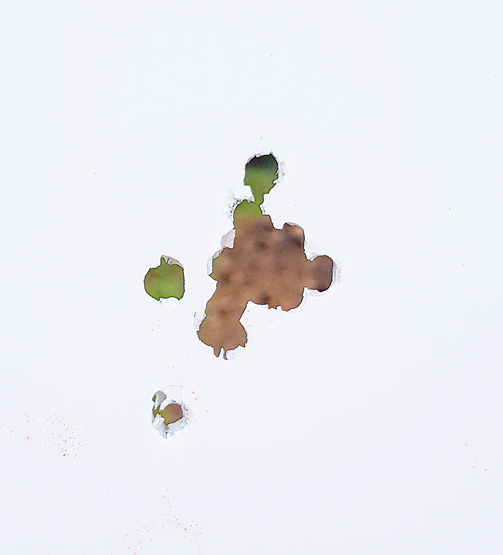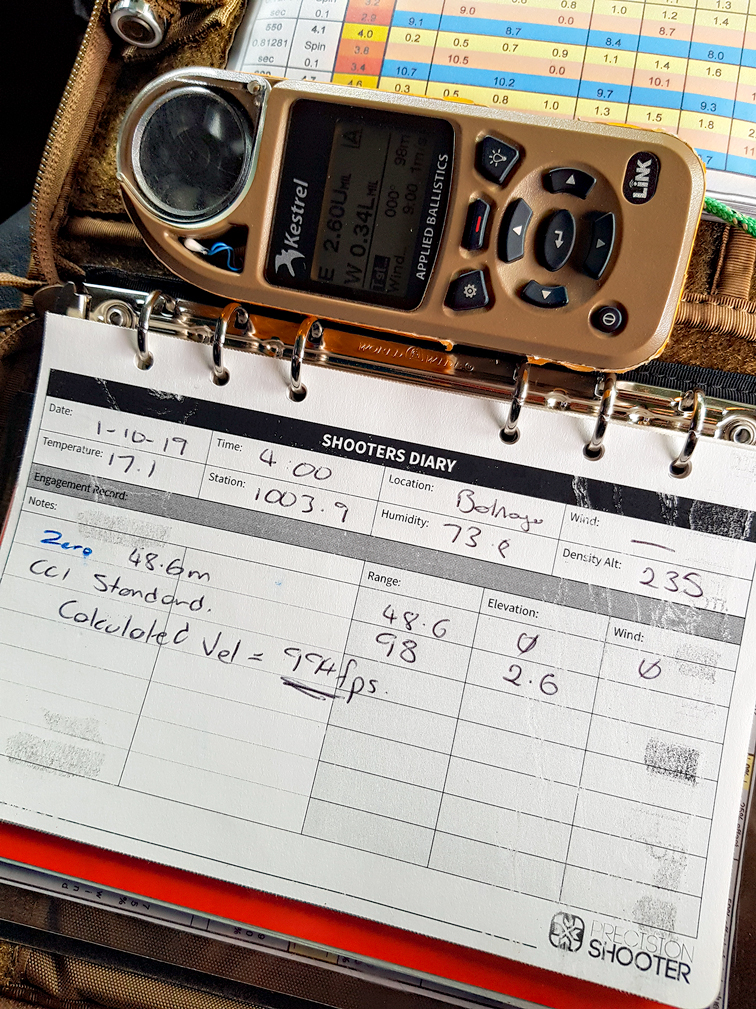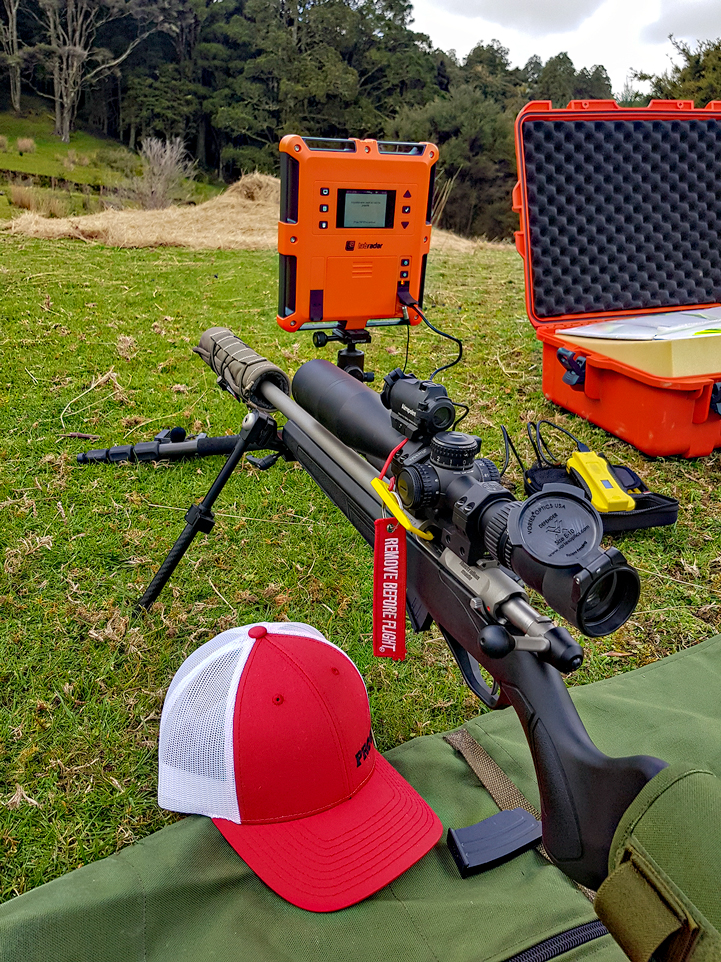I have a friendly competition coming up this weekend – hopefully something that grows into a regular 22LR shoot in the Auckland region. Of course – I recently picked up a Lithgow Arms LA101 in a leftie orientation – but also, of course – I didn’t have a scope on it, or zeroed, or any drop data ready to use.
While I was tempted to just turn up and sort it on the fly, I figured I should follow my own advice and get some proper prep done. So – up to Balnagown it was to zero and dope out the rifle.
I have put the Vortex AMG on top of the 22 for the meantime – the intent is to use the one good optic for all my competition rifles – once I settle on the load for the guns – I can also record the zero offset in the Kestrel – theory being, the main rifle will be zeroed, and the other rifles will just incorporate the offset from a true zero in the ballistic solution.
I will try this out and see if it’s workable – otherwise, I will be after a new scope for the 22.
I have a cheek riser on the rifle atm – but we shall see if it stays there – the issue has always been the width of the rest – and as I move the butt of the rifle closer to the centreline, its start to cause an interference there. I have already been in touch with Kalix Technik regarding a more permanent solution – but I don’t think they are going to have a suitable unit.
Zero and Chrono

The intent was to zero the rifle at 50 meters and get some quick ballistic data to form up a drop chart.
While I still have a box of ammo to test out through the rifle – I was a little strapped for time, so just settled on using old faithful – CCI Standard, until I can spend a day out there plinking and testing.
CCI Standard is renown to shoot fairly to very well in most guns – with the occasional flyer keeping it in the realm of standard instead of awesome. And, true to its name – a decent group with a couple of outliers.
I had a 1cm red dot up in the middle of the group that was quickly shot out – and I sent a few extra rounds through the hole. Good enough for what I need out of this firearm for the meantime.
Interestingly, the Labradar didn’t pick up any of the projectiles – which was strange, as in previous sessions it had no issues. Likely an issue with the ‘aiming’ of the labradar – I will have more of play when I have some more time.
No major though. That’s why we have maths!

Not-so basic math
If you have the distance to shoot too, then you don’t really need a chronograph to calculate velocity. As long as you have a known distance, and can shoot and record a known drop – you can then go into your ballistic calculator and shift the velocity up and down until the expected and actual drop to target matches up. And there it is! You have your ballistics sorted.
On the Kestrel, it will actually do the calculation for you. So for the .22, I simply backed up to 100 meters, shot and recorded the drop, entered in the data and got a 994fps expected velocity.
Now – to me, this seems quite low – so will be checking out to further distance as soon as possible – the cool thing with the Kestrel is that this is easy to do on the fly. If the first stage in the comp shows me I am out on elevation (actual vs. predicted) I can just update the Kestrel and it will recalculate the rest.
This is an advantage of using a digital system – but – of course – it means my printed charts and turrets will be wrong. However – this is really still the setup stage of the gun – so no major there – as I collect more data and record it, these figures will stop moving and solidify.


